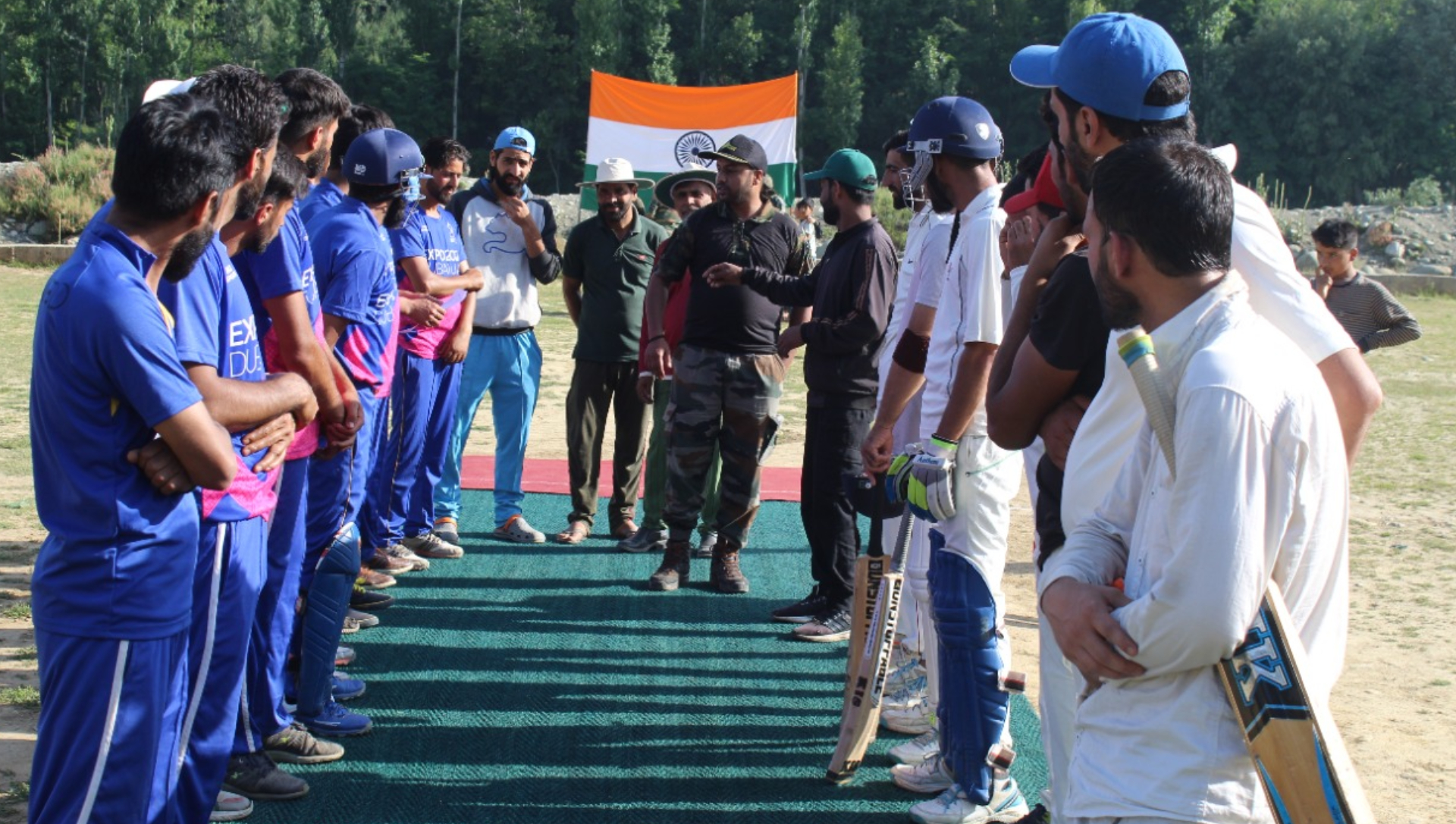Propaganda is a double-edged weapon. And yes, it is a weapon. For the last year or so, the state apparatus has engaged in high-spend messaging in the Kashmir Valley, highlighting ‘normalcy’ and attacking terrorism.
Believe it or not, the major vehicle for this effort has been the army and other forces. Officers of such forces are trained to think in straight lines, in terms of good versus bad, enemy versus a friend. It’s how they do things, and ought to do things, when they are engaged in what they are meant to do. On the other hand, effective messaging requires nuance, cultural sensitivity, tailoring of each message for specific sociological and geographical categories, and credibility.
Even if they had the best intentions, the propaganda efforts of the forces have made a scant impact. The shocking increase in targeted militant attacks makes it amply evident that hearts and minds remain by and largely unchanged, at least where it matters.
To be sure, there have been no protests or agitations in Kashmir of the sort that used to be common. But that is more to do with the closely-held lid that has been put on such activities, and on funding for them, than with changed attitudes.
The Valley’s silence does not reflect a changed mindset. Rather, invisible but dangerous undercurrents could be stirring under cover of the silence.
The past couple of years afforded an opportunity for the state apparatus to demonstrate the advantages of the new phase of responsive government that was promised when constitutional changes were made – changes that were to have particularly changed life for various kinds of disadvantaged and minorities in the erstwhile state.
After the horrified shock that followed those constitutional changes, many in the Valley became curious to see whether things would actually get better, as was promised. That curiosity has been disappointed. That opportunity has gone.
Sharply targeted attacks
Militancy was on the back foot for a few months after the constitutional changes, when vast numbers of troops were deployed in every corner of the place. But it returned around March 2020. And it appears to have rebounded further over the past few days.
Not just are the attacks on the rise, but they are far more sharply targeted than has been common in the past. It seems that specific persons have been identified for killing. Many of these recent targets had come to work in the Valley in the wake of the constitutional changes.
Zero impact where it counts
It is clear that all that propaganda has made no impact on the hearts and minds of the young men who are taking up arms in large numbers – most of them in their late teens.
On the other hand, their indoctrination, both political and religious, continues apace. According to some friends in south Kashmir, it is at least as radical as before.
The priority should have been to point whatever propaganda efforts were made in the direction of that youth demographic – as the RR commander in south Kashmir tried to do last year. However, most of the rest of what was done seemed to address those who are already willing to go along with what is happening. Much money has flowed in order to preach to the choir.
Worse, many of those who attended publicity programmes were only motivated by hope for money or opportunities to gain positions of influence.
Indeed, many of those who have joined the BJP in recent years are in that category, looking out for the main chance. Some of them had even been associated with militancy in the ’90s – with the same advantage-seeking motives.
Politics of a film
What these boys who are taking up arms also know is that the government recently promoted a film on the ethnic cleansing of Pandits in 1990. Leave alone these boys, even their parents were, in many cases, only children when a very large proportion of the Pandit population left the Valley between February and August 1990.
Those parents barely know what happened. These boys don’t. What many of them are conscious of are videos of audiences in other parts of India yelling lusty slogans in theatres after screenings of that film. And they have been told by those around them that what the film depicts is false.
That is not beside the point. The belief that it deepens resentment against what is perceived as an effort to malign their community, in some irate youth, sparks a desire for revenge.
Smoke and mirrors
Frames of reference and the mindsets of target audiences are keys to communication. Objectivity too often gets short shrift, especially when politics is in the driver’s seat.
Those who consciously did not promote knowledge about what happened in 1990 in the three following decades are responsible for the fact that these youth – and others – now believe false narratives.
And I’m not talking only about those who ruled the state of Jammu and Kashmir over these decades, or those who ruled New Delhi, often cluelessly with regard to Kashmir. I mainly hold responsible all those, at home and abroad, who ensured that the gains of the Vajpayee years were reduced to nought in the years that followed.
(David Devadas is a journalist and security, politics and geopolitics analyst.)
(Disclaimer: Views expressed above are the author’s own.)









